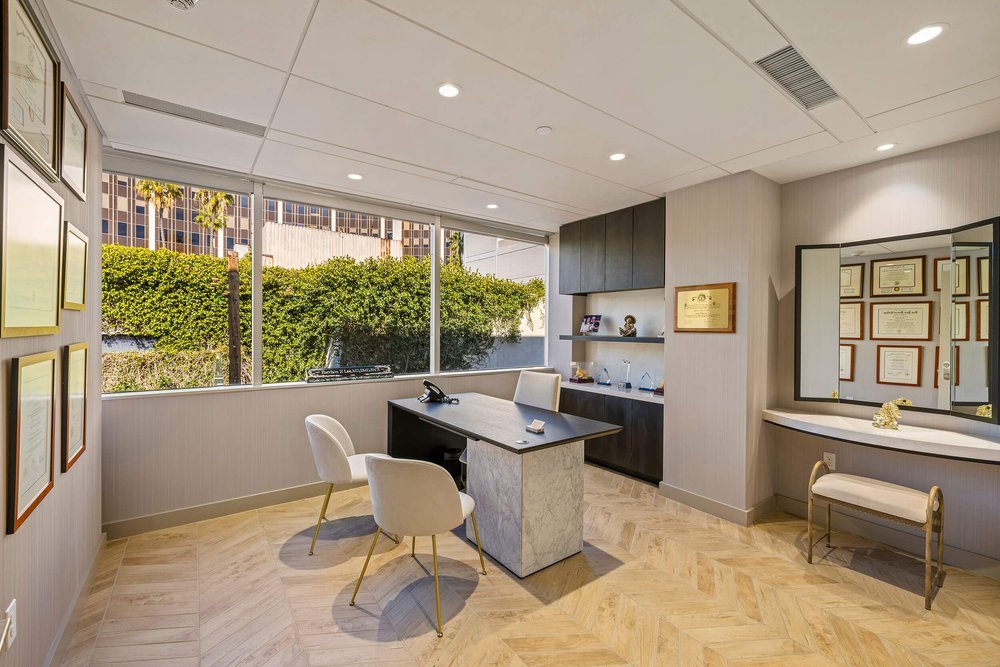The Economics of Healthcare Design: Adding Value With Interior Design
When it comes to designing successful healthcare facilities, the significance of interior design extends far beyond aesthetics. Interior design plays a crucial role in shaping the economic situation of healthcare projects by influencing various key factors such as patient experience, operational efficiency, and infection control.
Thoughtful design elements can lead to increased patient satisfaction and loyalty, optimized workflows, and enhanced safety, all of which contribute to the financial health of a healthcare facility.
Moreover, flexibility in design allows healthcare institutions to adapt to evolving needs and industry trends, ensuring long-term viability and competitiveness. Here we underscore the economic impact of interior design in healthcare, showcasing its importance in driving sustainable growth and success.
Patient Experience and Satisfaction
Interior design profoundly impacts patients' experiences and satisfaction within healthcare facilities. Features such as comfortable waiting areas, soothing color schemes, intuitive wayfinding, and private, well-equipped patient rooms enhance the overall patient experience. Satisfied patients are more likely to return for future healthcare needs and recommend the facility to others, thereby boosting patient volume and revenue for the healthcare project.
Operational Efficiency
Efficient interior design can enhance workflows and optimize space utilization in healthcare facilities. Thoughtfully planned layouts, strategically placed equipment and supplies, and ergonomic workstations reduce staff travel time, minimize bottlenecks, and boost productivity. Improved operational efficiency leads to cost savings through reduced labor expenses and better resource utilization, ultimately benefiting the healthcare project.
Infection Control and Safety
Interior design plays a critical role in maintaining a safe and hygienic environment within healthcare facilities. Design features such as antimicrobial surfaces, hands-free fixtures, and well-ventilated spaces help mitigate the spread of infections and enhance patient safety. By minimizing the risk of healthcare-associated infections (HAIs) and adverse events, healthcare projects can avoid costly litigation, reputation damage, and financial penalties, ultimately contributing to long-term economic stability.
Flexibility and Adaptability
Thoughtful interior design enables healthcare facilities to adapt to evolving patient needs, technological advancements, and regulatory changes over time. Features like modular furniture, flexible room configurations, and integrated technology infrastructure allow these facilities to support changing healthcare delivery models and specialty services without costly renovations or expansions. This adaptability enhances the facility's long-term viability and resilience amidst market fluctuations and industry trends.
Thoughtful Design Influences Economics
Thoughtful interior design directly impacts the economic situation of healthcare projects by enhancing patient experience and satisfaction, improving operational efficiency, promoting infection control and safety, facilitating flexibility and adaptability, and strengthening branding and differentiation. By investing in high-quality interior design, healthcare projects can achieve sustainable growth, profitability, and success in the dynamic healthcare landscape


